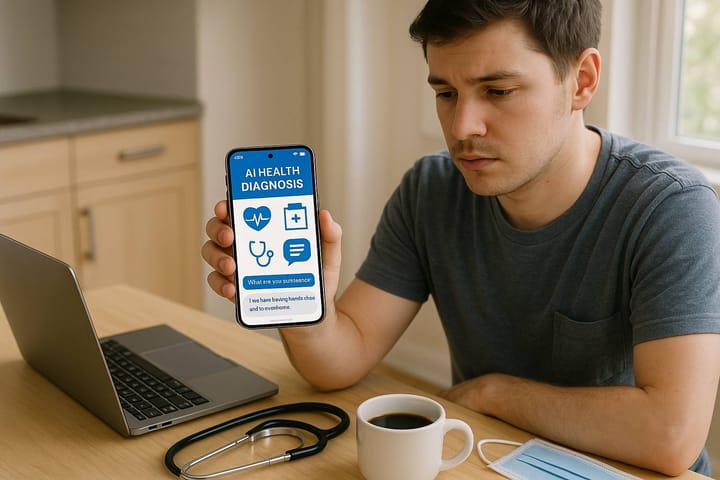Longevity Health Technology Is No Longer a Dream
Longevity is now in high demand, with millions willing to pay top dollar to live longer. Recent data proves the effectiveness of longevity health technology.

A new wave of the quest for a longer life has swept the globe, driven by investment, innovation, and increasingly concrete scientific evidence. The pursuit of longevity is no longer about the fantasy of immortality; it’s fueled by real needs, from the rising elderly population to proof that modern health technologies can have a significant impact on both quality and duration of life. Longevity is now firmly in the realm of science, supported by clinical trials and transparent data analysis.
Why Longevity Is a Global Trend
Longevity has become a necessity amid increasing life expectancy. Data from Oliver Wyman predicts that the global longevity industry will reach USD 600 billion by 2025. The middle class and wealthy are even willing to spend up to USD 40,000 for longevity health services at luxury clinics, from IV drips and MRI scans to hyperbaric oxygen therapy. A US survey shows 41% of respondents are willing to do whatever it takes to live longer, while nearly half of high-income earners are prepared to allocate much of their discretionary spending for longevity.
The focus is not just on a longer lifespan but also on the quality of life, or “healthspan.” Post-pandemic, the public is increasingly aware that a healthy life is more important than mere chronological age. Longevity clinics offer early disease detection packages and personalized biomarker interventions, all supported by advancements in AI and data technology that precisely monitor the aging process.
Scientific Proof of Longevity: From Biomarkers to Senolytics
Biomarker research forms a crucial foundation for longevity trends. A major study by Stanford and the UK Biobank revealed that biological brain age can predict a 182% higher risk of death within 15 years. Biomarkers like the epigenetic clock provide a strong basis for early intervention and personalized health therapy.
Clinical trials also demonstrate the potential of pharmaceutical technology. Metformin, a diabetes medication, has been tested on thousands of patients and found to reduce mortality risk and slow cellular aging. Meanwhile, senolytics such as the combination of dasatinib and quercetin have been proven to lower the number of senescent “zombie” cells in the human body in a short time, as shown by Mayo Clinic studies (NCBI). In animals, rapamycin has even extended the lifespan of mice by up to 30%. While results in humans remain limited, research continues to develop with support from leading institutions.
Investment and Economic Opportunity in Longevity
The longevity industry offers massive opportunities across sectors: medical services, nutrition, wellness tourism, and AI-driven financial technology for long-term planning. The World Economic Forum predicts rapid growth in robo-advisor applications to help the public prepare for retirement and long-term health security. Additionally, investments in biomarker technology and gene therapy continue to pour in from global venture capital.
The senior market is forming a new economic ecosystem. By 2030, there will be an estimated 1.4 billion people aged 60 and above, all needing care, technology, and healthy lifestyle solutions. This trend is accelerating research and collaboration between the medical, technology, and financial sectors to create an inclusive longevity ecosystem.
Controversy, Challenges, and the Future
Although the evidence for longevity health technology grows stronger, major challenges remain. Regulators such as the FDA have yet to classify aging as a disease, making it difficult for anti-aging therapies to be included in mainstream medical protocols. Furthermore, many studies are still limited to animals or small groups of humans, so long-term results are not yet fully proven.
Debate also surrounds fair access: is longevity only for the elite? Can these technologies be made affordable and accessible to the broader public? Nevertheless, the global trend is moving toward personalized health and data-driven intervention. Innovations are emerging in gene therapy, epigenetic reprogramming, and multinational clinical trials led by prominent institutions.
The proof for longevity health technology is becoming increasingly clear, driven by clinical data, public interest, and major cross-sector investments. Despite challenges in implementation and access, optimism is growing that a future of long, healthy lives is no longer just a dream. Longevity now marks a new chapter for health, investment, and the human future.





Comments ()